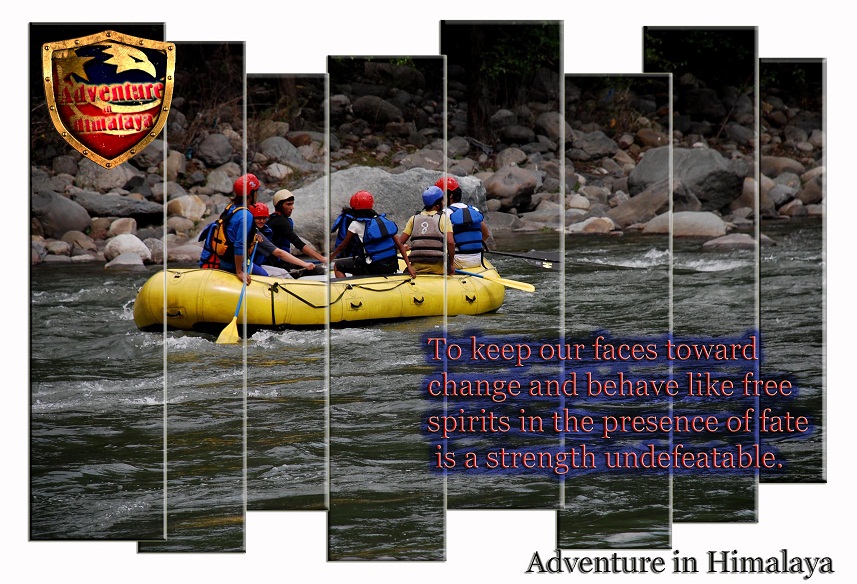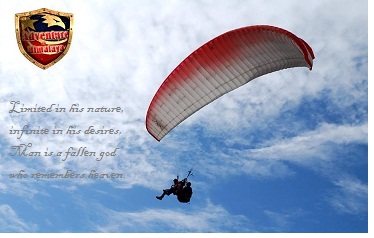Risk assessment
an outdoor trek
It is essential for ensuring the safety and well-being of yourself and your group. Here's a guide on how to conduct a thorough outdoor trek risk assessment:
1. Identify Potential Hazards:
Terrain: Assess the difficulty and ruggedness of the terrain, including steep slopes, rocky areas, river crossings, and unstable surfaces.
Weather: Consider the current and forecasted weather conditions, including temperature, precipitation, wind speed, and visibility.
Wildlife: Identify potential encounters with wildlife, including bears, snakes, insects, and other animals, and research appropriate safety precautions.
Health and Fitness: Evaluate the physical condition and fitness level of participants, considering factors such as age, medical history, and previous outdoor experience.
Equipment: Inspect gear and equipment for any signs of damage or malfunction, including hiking boots, backpacks, clothing layers, navigation tools, and emergency supplies.
2. Assess Risk Levels:
Likelihood: Determine the likelihood of each potential hazard occurring, considering factors such as environmental conditions, group dynamics, and individual abilities.
Severity: Evaluate the potential consequences or severity of each hazard, including the likelihood of injury, illness, or other adverse outcomes.
3. Mitigate Risks:
Preventative Measures: Take proactive steps to minimize or eliminate potential hazards before they occur, such as choosing safer routes, adjusting plans based on weather forecasts, and ensuring that participants are adequately prepared and equipped.
Safety Protocols: Establish clear safety protocols and procedures for addressing potential hazards, including emergency response plans, communication strategies, and first aid protocols.
Training and Education: Provide participants with training and education on outdoor safety, wilderness survival skills, and Leave No Trace principles to empower them to make informed decisions and respond effectively to emergencies.
Group Dynamics: Consider the dynamics of the group and ensure that everyone is on the same page regarding expectations, abilities, and responsibilities.
4. Monitor and Adapt:
Continuous Assessment: Monitor environmental conditions and group dynamics throughout the trek, remaining vigilant for any changes or developments that may affect safety.
Flexibility: Be prepared to adapt plans and adjust course as needed based on evolving circumstances, including unexpected weather changes, trail conditions, or participant issues.
Communication: Maintain open and effective communication within the group, encouraging participants to voice any concerns or observations and facilitating timely decision-making and problem-solving.
5. Follow Up:
Post-Trek Evaluation: Conduct a post-trek evaluation to review the effectiveness of risk assessment and mitigation strategies, identify any lessons learned or areas for improvement, and incorporate feedback into future planning and preparation.
Documentation: Document key findings, observations, and outcomes from the risk assessment process, including any incidents, near misses, or lessons learned, to inform future treks and enhance safety protocols.
By following these steps and conducting a comprehensive outdoor trek risk assessment, you can proactively identify and mitigate potential hazards, minimize risks, and ensure a safe and enjoyable experience for everyone involved. Remember that safety is paramount when venturing into the wilderness, and thorough preparation and careful planning are essential for a successful outdoor trek.



